Culture and Heritage Itinerary
Culture, History, and Heritage
The Harrison River Valley region is full of stories.
Harrison’s Hot Springs
Harrison Lake was important in the early history of British Columbia as one of the water links on the Douglas Road, which accessed the goldfields of the upper Fraser during the Fraser Canyon Gold Rush of 1858 – 1860. Harrison Lake was discovered by gold-searching settlers heading up Douglas Trail who were hit by rapids and capsized. They were pleasantly surprised to realize that the waters were comfortably warm. There are three hot springs along the shores of the lake or near it, including near Port Douglas, at Clear Creek a tributary of Silver River, and at Harrison Hot Springs. The hot springs have been considered a sacred place by many cultures and were originally enjoyed by the Sts’Ailes due to the springs’ healing benefits.
The hot springs are potash with a temperature of 40 °C, and sulphur with a temperature of 65 °C. The waters average 1,300 ppm of dissolved mineral solids which is one of the highest concentrations of any mineral spring in Canada. The hot mineral water can be enjoyed at the public pool in Harrison Hot Springs or as a guest of the Harrison Resort Hotel.
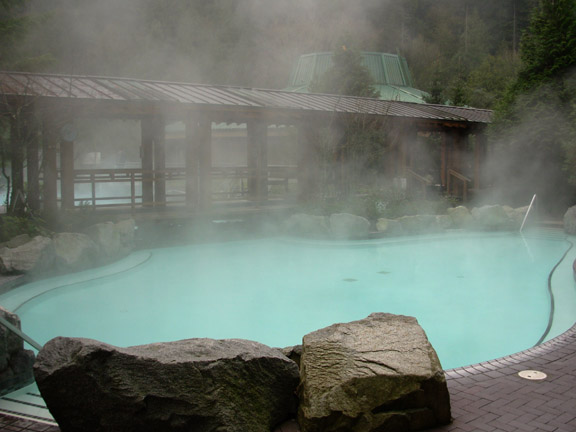
Harrison Hot Springs has been a small resort community since 1886 and was incorporated in 1949. Originally known as St. Alice’s Well named after Alice Douglas, one of the daughters of British Columbia’s first governor, James Douglas. The name was eventually changed to Harrison Hot Springs to commemorate Benjamin Harrison, a deputy governor of the Hudson’s Bay Company from 1835 to 1839.
Harrison’s Legendary Sasquatch
The Harrison River Valley is also known to be home to the legendary Sasquatch (also known as Bigfoot and Yeti) with nearly a century of documented sightings. The word Sasquatch is an anglicized pronunciation of Sa:sq’ets, a Sts’ailes word meaning ‘wild men’ which tells a story of how Sasquatch is the primary caretaker who watches over the land. The Sasquatch is so integral to the Sts’ailes that their adopted logo is a stylized image of the Sasquatch, as is the Sts’ailes national flag. Their experience with the Sasquatch goes back thousands of years and the oral stories of this history have been passed down from generation to generation. The Sts’Ailes believe the Sasquatch is a spiritual being that can vanish into the spirit realm at will, which may explain why the elusive being is so difficult to track down.
The mystery of Sasquatch has led thousands to search for signs of the elusive being. Question everything but don’t dismiss the possibilities. The legend is real!
In Harrison Hot Springs search for the elusive Sasquatch. Start with a selfie with the Sasquatch carving at the entrance to Harrison Hot Springs then continue down the road to the Harrison Visitor Information Centre, home of the Sasquatch Museum. A trip to Harrison isn’t complete without a glimpse of the bipedal mammal. Inside the museum take a selfie with the large and hairy human-like creature then explore all things Sasquatch as the museum leads you through compelling artifacts, history, witness accounts, science, lore, and myths. Be sure to check out the Sasquatch Gift Shop where you will find Sasquatch Stuffies, books, water bottles, toys, t-shirts, and all kinds of gift ideas for believers and skeptics alike!
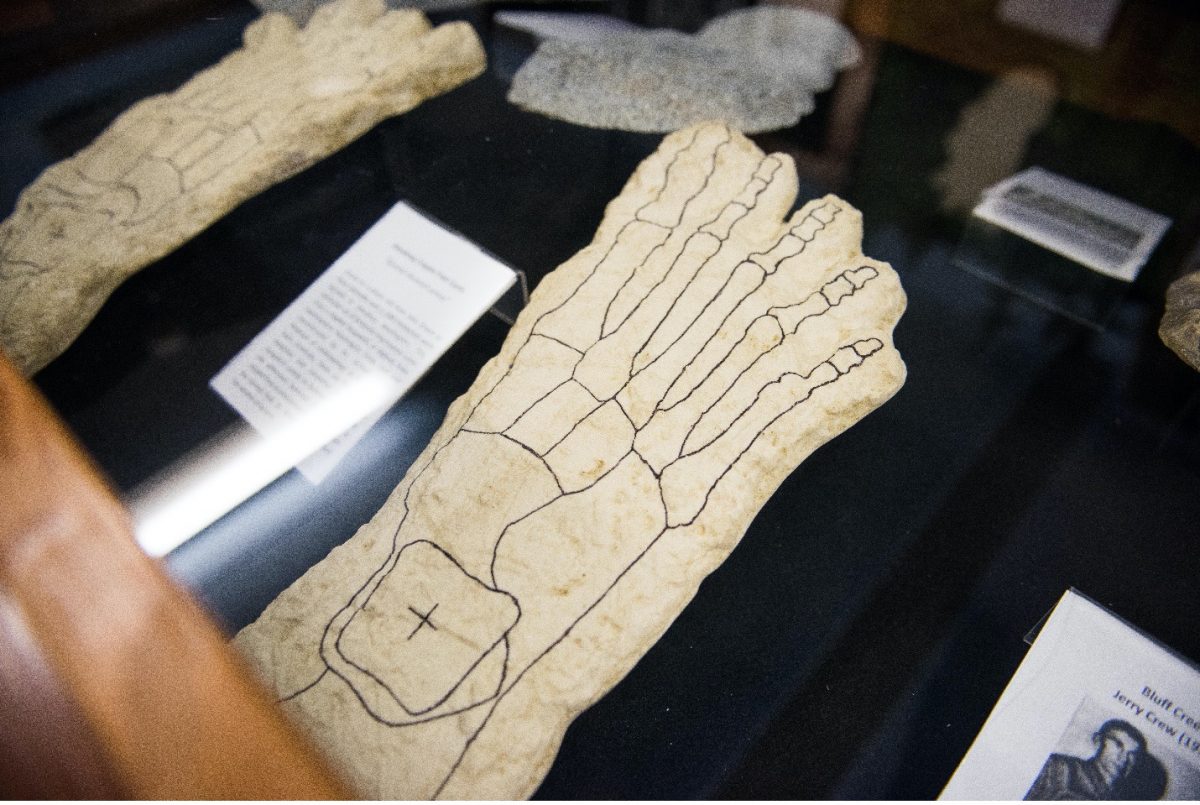
Agassiz’s Railway History
What started as a small settlement called Ferny Coombe, soon became the budding metropolis of the town called Agassiz. With the building of the Canadian Pacific Railway line, the core of the town soon developed adjacent to the railway tracks. Today, the Agassiz Harrison Museum is housed in an original Canadian Pacific Railway (CPR) station that was built in 1893. Only 130 years ago, the station was fully operational.
Farmers brought raw milk to the station to be shipped to urban centres like Vancouver. During hop harvest — from August to October — the railway transported just over 1,000 pickers to the area. A train called The Agassiz, brought tourists in to take farm-fresh fruit and vegetables home. Hundreds of soldiers left to ‘do their part’ during WWII. The station was a popular wood station and meal stop for passengers. The stationmaster and his staff also handled mail and passenger service. So many stories….such a rich history!
In the 1970s as stationmasters were being phased out, the CPR began to cease their use of stations. In 1985 the building was purchased by the Agassiz-Harrison Historical Society for $1.00. The Agassiz-Harrison Museum opened to the community in 1986, and showcases a collection of local, regional, and national history, from the communities of Agassiz, Harrison Mills, and Harrison Hot Springs with both indoor and outdoor exhibits. After exploring the museum be sure to stop at their Local-Motive Gift Shop featuring locally made products and works by local artists, artisans, and authors.
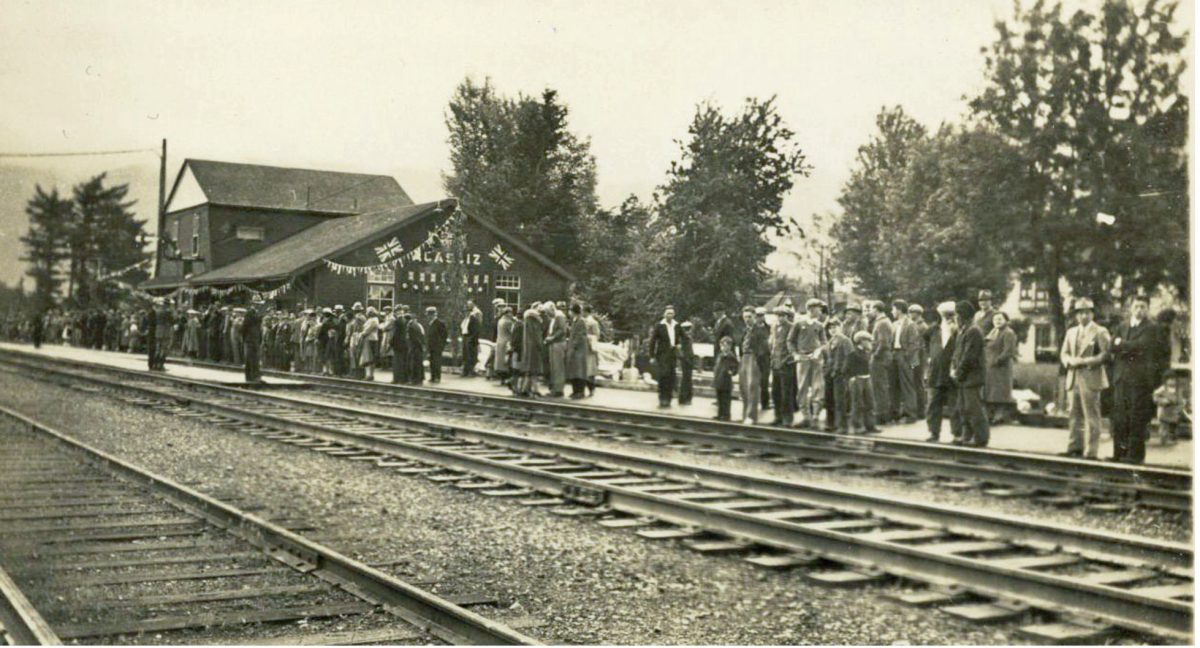
Harrison Mills’ History
The area now known as Harrison Mills was originally named Carnarvon after the Earl of Carnarvon who was an undersecretary to the colonies appointed by Governor Douglas in 1859. The new settlement was at the site of the Scowlitz (Sq’ewlets) First Nations village. Scowlitz means “People of the Sturgeon”. From 1861 to 1867, Carnarvon was an important trading centre for miners heading into the interior of BC’s goldfields. In 1903 the Rat Portage Company turned the area into a company town with row housing, schools, churches, hotels, and stores, and in 1910 the name became Harrison Mills. It is also home to the Sts’ailes, whose reserve is located on the north side of the bay along the lower Harrison River and around the river’s confluence with its tributary, the Chehalis.
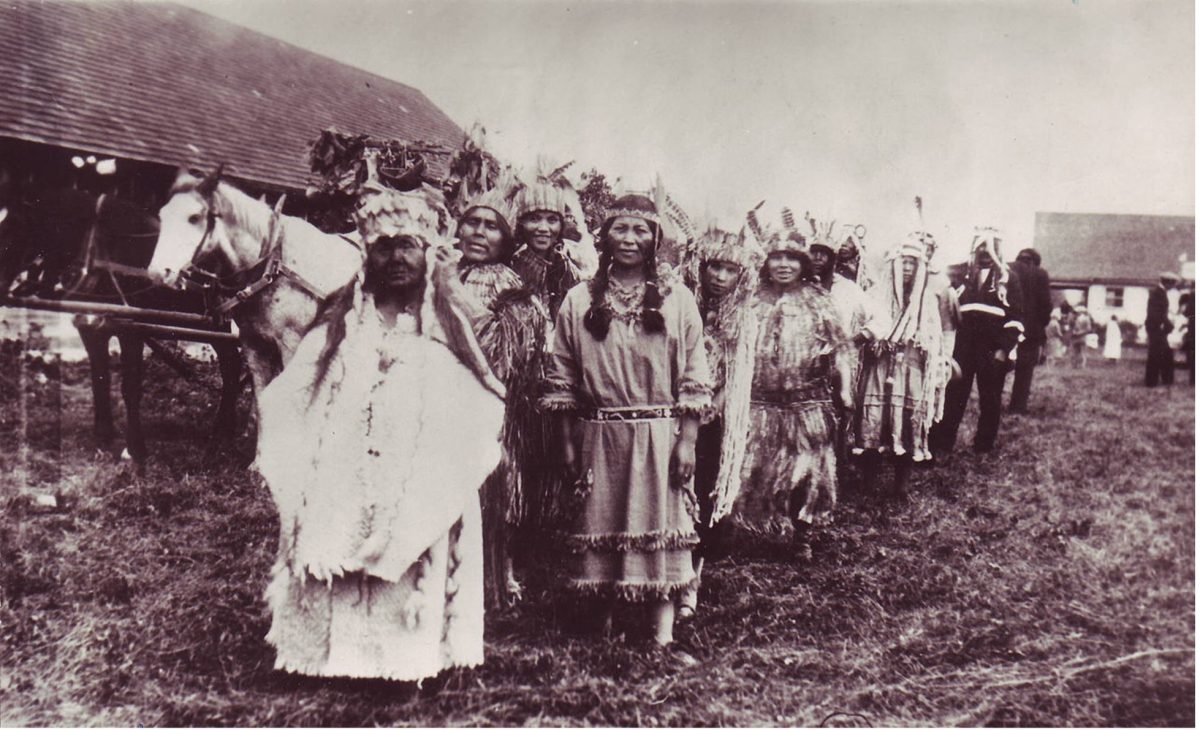
On the west side of Harrison River, an area called Pretty Flats (also known as Eagle Bay) is named after the homebuilder and forest baron Charles Fenn Pretty, who traveled to BC in 1890. Charles learned about the large salmon runs in the Harrison River and began actively trading with the Sts’ailes. He also became a major player in the province’s newly emerging timber industry. Charles loved the area so much that he built a lodge called Fenn Lodge, now called Sasquatch Crossing Eco Lodge which is owned and operated by Sts’ailes.
Charles Fenn Pretty was also the father of Charles Nelson Pretty — another prominent contributor to Harrison Mills. Dating back to 1917, Charles Nelson Pretty and his wife Rowena Elizabeth Peters were presented with an opportunity to purchase a 160-acre parcel of land that had frontage on the Harrison River. Today this property is known as Sandpiper Resort—home to Rowena’s Inn on the River and Sandpiper Golf Course.

In 1899 the Harrison River Mills Timber and Trading Company incorporated. A school and church were built in 1901 to meet the growing needs of the people of Harrison Mills. In 1906 Thomas and Eliza Kilby built and operated a lively general store and hotel with the site also serving as the local post office. In the 1960s the site was converted into a museum, and in 1972 the Provincial Government acquired Kilby’s store, hotel, and farm and designated it a heritage site which currently welcomes thousands of guests each year. Today, Kilby Historic Site is a world-class 1900s living historical site.

District of Kent
Once upon a time, the District of Kent was a hops haven.
St. George Hamersley had established one of the first hopyards in Agassiz, dating back to 1892. By the 1930s, Hamersley’s hopyard and the entire industry in Agassiz had grown to be one of the top hop-producing regions in the entire province with over 300 acres of hop fields.
Workers came from all over to work the fields. Agassiz’s hops were marketed across Canada following the Great Depression with Kent, Goulding, and Cluster varieties shipped as far as England. Some hop farmers even set up shops on their farms. However, in 1935 the industry began to decline. Mildew affected the most popular varieties, which was further exacerbated by the Fraser River Flood. By 1952, all of Agassiz’s hopyards were sold.
Today, hopyards are starting to resurge in the Fraser Valley due to the craft beer boom.
Fun fact! A Chilliwack farm has developed the first Canadian-designed and patented hops plant, called The Sasquatch.
Day 1: Harrison Hot Springs
Since Harrison Hot Springs is a place of connection and inspiration, it’s not surprising that the Harrison River Valley is home to several artists, artisans, and musicians. The local art scene is built on years of tradition of honouring music, dance, theatre, and visual arts. Since 1978 Harrison has been home to the Harrison Festival Society, a strange but wondrous collection of music and art lovers, volunteers, and just plain artists! Not only do they produce The Annual Harrison Festival of the Arts, but they also bring their Season of Performing Arts, among other arts & culture events to the Village. Hopefully, your visit to the Harrison River Valley coincides with one of their concerts!
Start your day with a visit to the Canwest Art Gallery located in the heart of Harrison Hot Springs Village. Proudly presenting paintings, sculptures, pottery, wooden carvings, glassware, jewelry, and many delicious confections.
Afterwards enjoy the sights and sounds of the self-guided Heritage Walk, which offers you the Village’s historical highlights. Pick up a paper guide at the Harrison Hot Springs Visitor Information Centre and start your walk right next door at the Villages Municipal Office located at 495 Hot Springs Rd. Believed to be the oldest building in the village it was originally built by E.C. MacPherson in 1890 as a summer cottage for him and his wife Jane (nee Agassiz). In 1979 the cottage was donated to the village, and in 1983 remodeled and used as the municipal office. On October 16, 1979, Council designated it as a municipal heritage building.
There are many stops along the Heritage Walk with the last one ending at Raake Marine, later known as RivTow Straits Ltd., located at 102 Rockwell Drive. What started as a transport company in 1920 morphed into a building containing offices, a kitchen, sleeping quarters, a repair shop, a dining room, and boat slips. RivTow purchased the building in 1954 and in 1967 pulled the float house ashore and positioned it on a concrete foundation.
After your Heritage Walk grab a bite at one of our restaurants, followed by an afternoon on the water.
In the early afternoon, we recommend an interpretive tour with Harrison Eco Tours. Choosing from either a kayak or jet boat adventure, you’ll travel along Harrison River to view ancient petroglyphs and a sunken steamship.
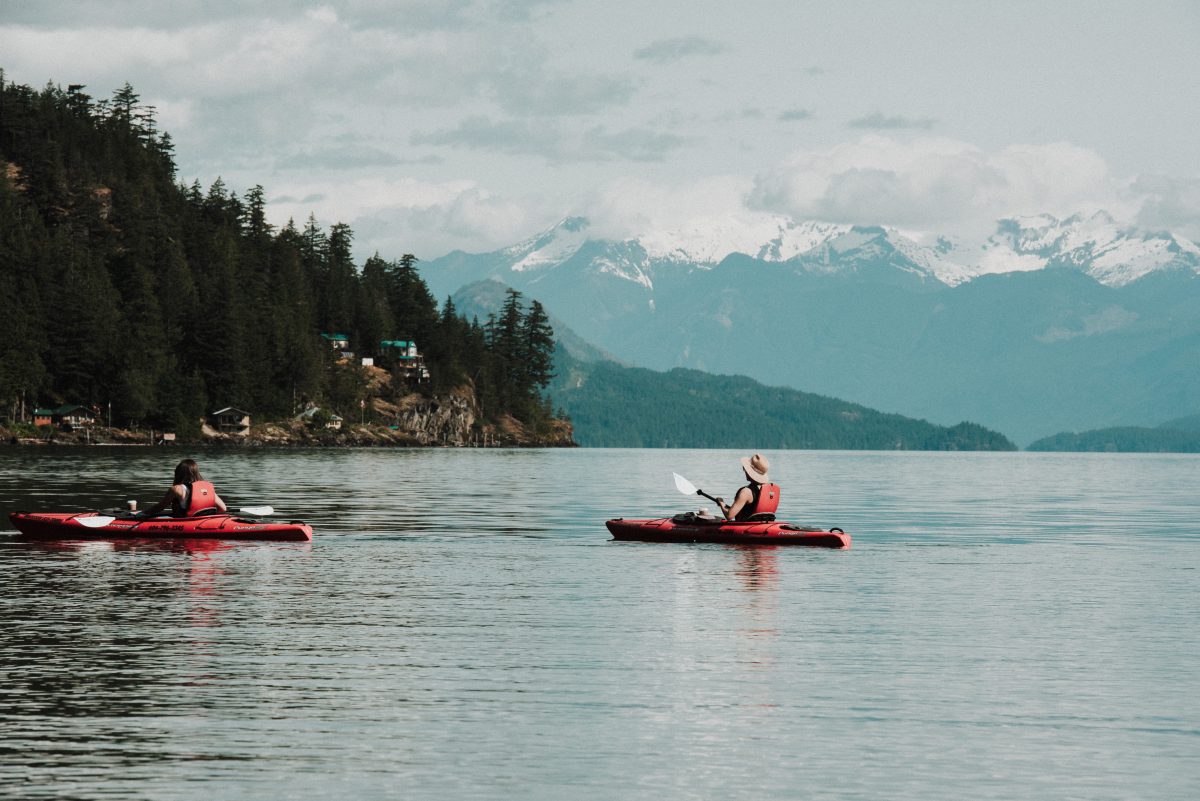
After time on the water head to the Sasquatch Museum located in the Harrison Hot Springs Visitor Information Centre. A trip to Harrison isn’t complete without a glimpse of the bipedal mammal. Take a selfie with the large and hairy human-like mythical creature then explore all things Sasquatch as the museum leads you through compelling artifacts, history, witness accounts, science, lore, and myths. Be sure to check out the Sasquatch Gift Shop where you will find Sasquatch Stuffies, books, water bottles, toys, t-shirts, and all kinds of gift ideas for believers and skeptics alike!
Your last stop of the day will take you through the Agassiz Harrison Museum, housed in an old railway station located along CPR’s Cascade subdivision. The station is served by Via Rail’s The Canadian as a flag stop. The museum celebrates local, regional, and national history, railroad memorabilia, and features both indoor and outdoor exhibits including a rail car.
Tantalize the tastebuds in one of Harrison River Valley’s amazing restaurants. The folks in this area are passionate about their restaurants where you will find something for every palette.
From Heritage Inns to hotels and motels, and from cabins to campsites, the Harrison River Valley offers accommodations to suit every budget.
Day 2: Harrison Mills
Awaken to our refreshing mountain air and head into town for a hand-crafted warm beverage and breakfast using fresh ingredients sourced from the surrounding farms. Many restaurants share a similar food philosophy of serving homemade and local ingredients. If they don’t grow or make it on-site, they are sourcing from a nearby farm. So much to choose from….home-baked bread, baked goods, smoked salmon lox, omelets with garden-fresh herbs, and specialty pancakes….to name just a few.
Yesterday was a packed one so today will be more chill as you spend the day at Kilby.
Located near the junction of the Harrison and Fraser Rivers, Kilby Historic Site stands as the only reminder of the once-thriving community of Harrison Mills. Reconnect with the past and explore the 1906 General Store Museum. You will be greeted by interpreters in period costumes and see product packaging dating back to the early 1900’s. Don’t miss the intriguing artifacts in the heritage Post Office and Manchester House Hotel as both were an integral part of the Harrison Mills community at the turn of the twentieth century. In the galleries and exhibit rooms, you’ll find pictures of the Kilby and Pretty families (the latter are the original owners of Sandpiper Resort’s Rowena’s Inn on the River). You will also see a working farm where you can visit and feed the animals.
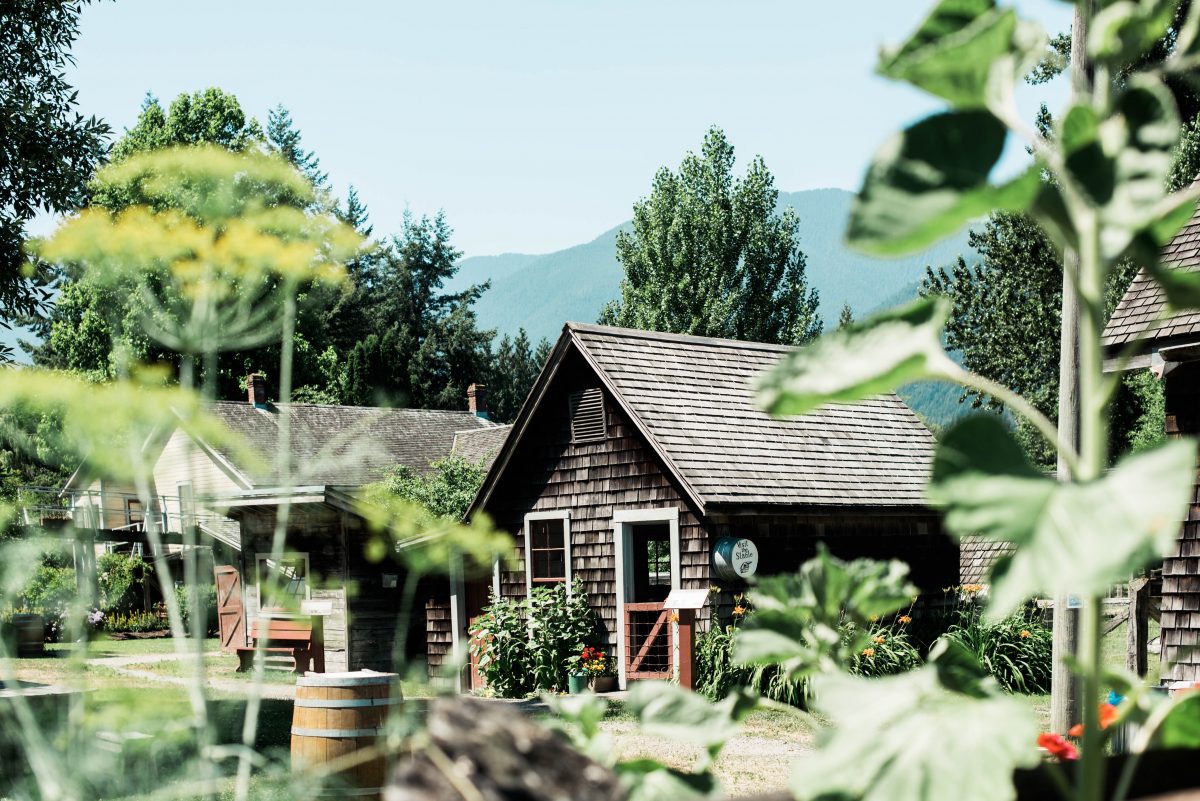
Lunch at the Kilby Café is a must! Relax and enjoy their soup, sandwich, and baked goods menu in the quaint home-style café, featuring 1900s music and a cozy atmosphere. The Kilby Café and Gift Shop are located in the Orientation Barn at the entrance to the Kilby Historic Site. Originally the Barn housed work horses until it was damaged by the 1948 flood. In 1987 it was reconstructed by the Agassiz-Harrison Lions Club, using the original design and techniques, and is now the orientation area. Experience friendly country hospitality and good old-fashioned cooking. Please check Kilby Historic Site’s website for hours of operation and menu options.
For dinner suggestions check our website.
Day 3
Explore a little more…
Located along the waterfront in Harrison Hot Springs is the Ranger Station Art Gallery. From 1951 to 1983 the building served as the Harrison Hot Springs Forestry Ranger Station. The building features a gambrel roof common to all forest ranger stations of the day. The Ranger Station is currently home to the Kent-Harrison Arts Council and the Harrison Festival Society. It hosts monthly public exhibitions, and the second floor serves as a studio and home to the Arts Council’s Annual Artist-in-Residence.
Along scenic Highway #7 (Lougheed Highway) between the towns of Agassiz and Hope, the Ruby Creek Art Gallery welcomes all in their timber-framed gallery. Proudly owned and operated by Sq’ewá:lxw First Nation, they are committed to promoting the work of the finest Northwest First Nations artists. The Gallery features an extraordinary collection of Pacific Northwest Native art which includes limited edition prints, gold and silver carved jewelry,
hand-carved boxes, chest plaques, handcrafted drums, soapstone carvings and textiles.
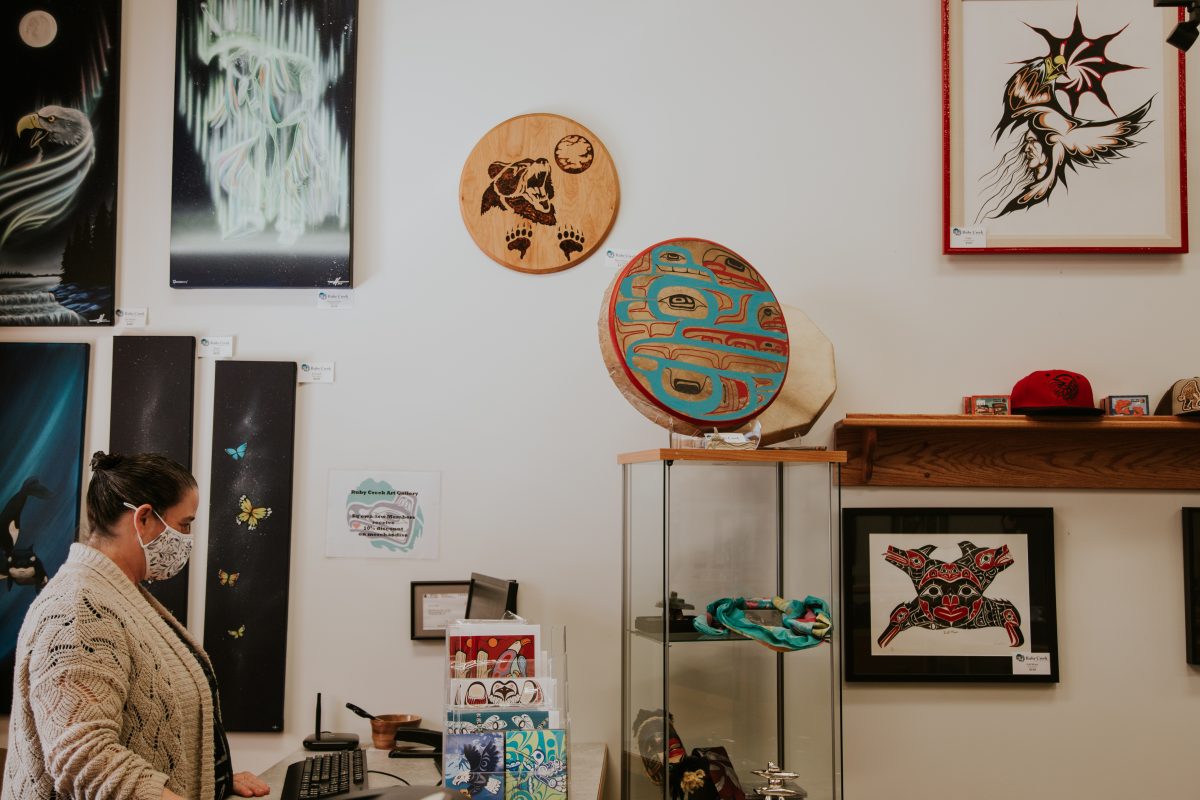
In Agassiz take a trip down memory lane at 1849 No.9 Hwy. Originally the Memorial Hall, the Royal Canadian Legion was built in 1926 in honour of World War 1 veterans. In 1931 a talking picture machine was installed, remaining there until the Aga Theatre was built in 1947. The building was purchased by the Royal Canadian Legion in 1948 and continues in that capacity to the present day.
The interesting mid-century art deco-style of the former Aga Theatre located at 1858 No. 9 Hwy was built in 1947 at a cost of $ 20,000.00. It was a vibrant part of the community as many residents didn’t have television. As TV became more prevalent, business slowed, and the theatre closed in 1958. It briefly reopened as a theatre in the 1980’s and is currently a private residence.
The area of Pioneer Avenue East where Allenby’s Farm Store is now located was known as the Chinese Area. Mr. Chong Fong came to Agassiz in 1894 as a labour agent for the Canadian Pacific Railway and built a large store with living quarters above it. Many of the railway workers lived in these quarters. Other Chinese families came to the area and worked for the large hopyard industry. The entire area from Heath Road on East Pioneer was known as Chinatown and eventually included other stores, a laundry, a shoe repair, and small houses.


